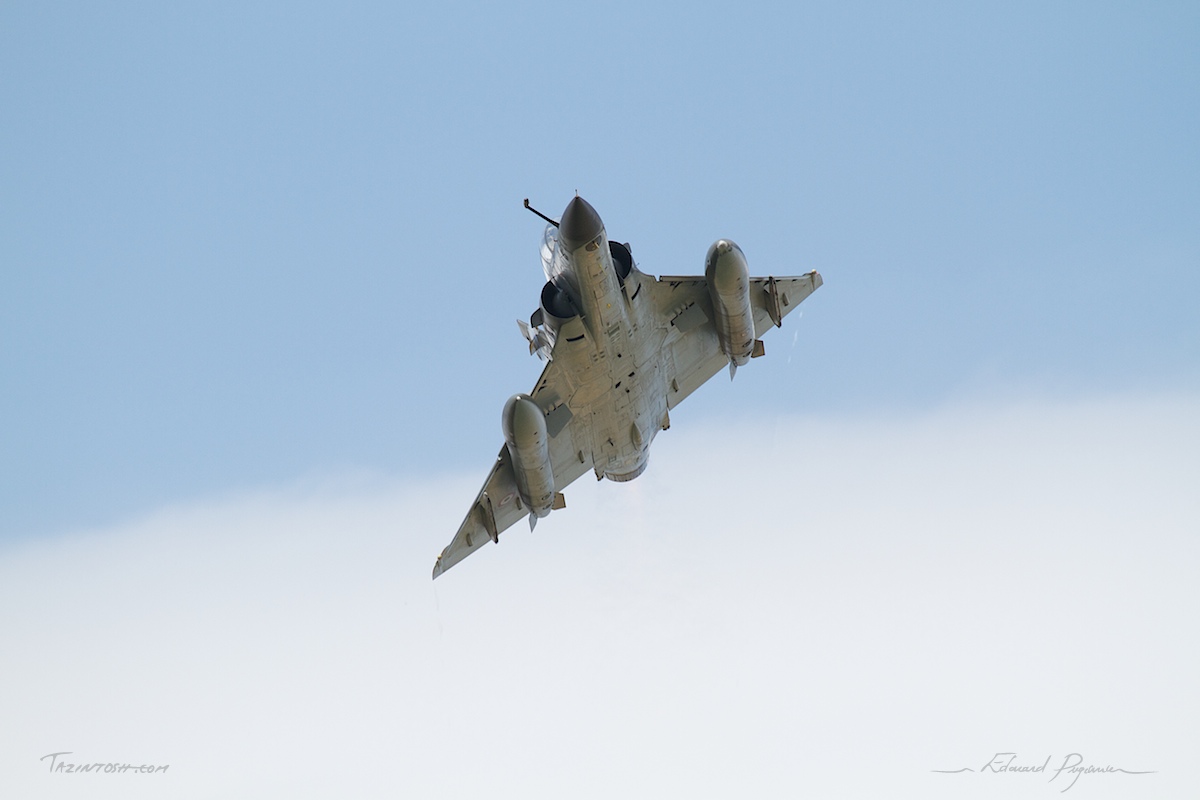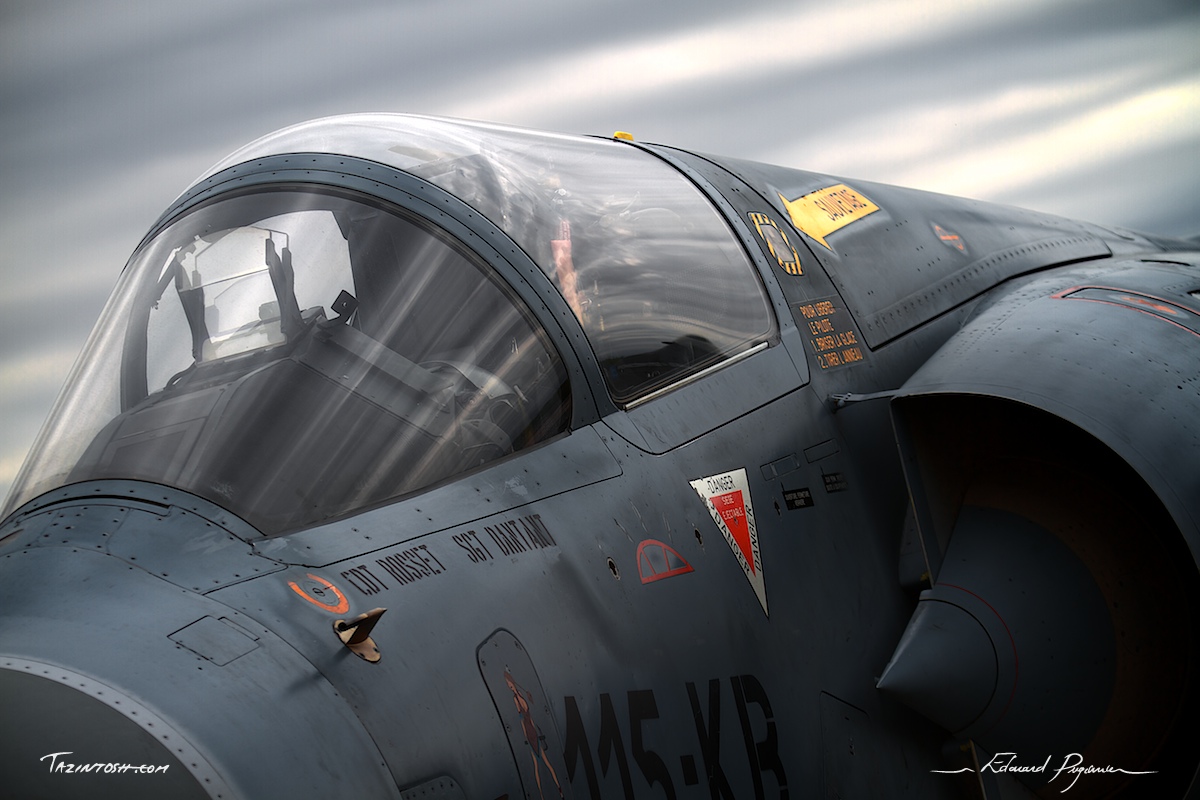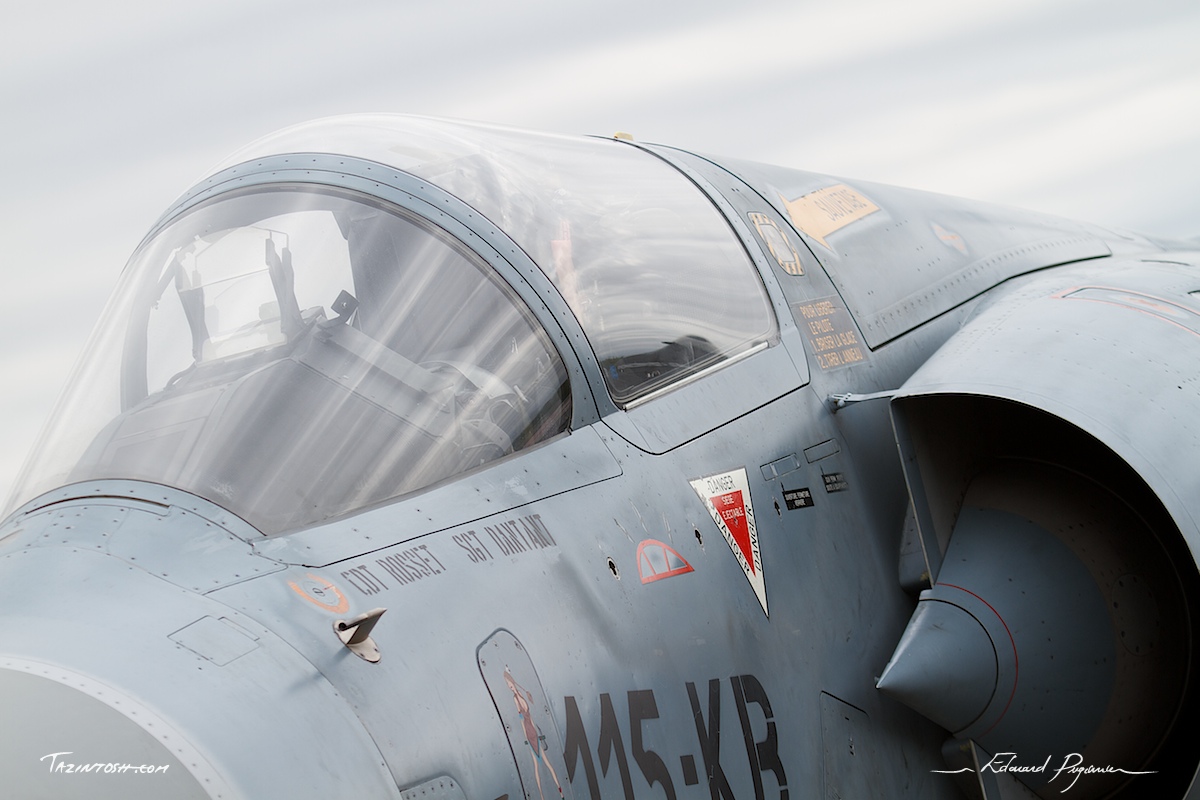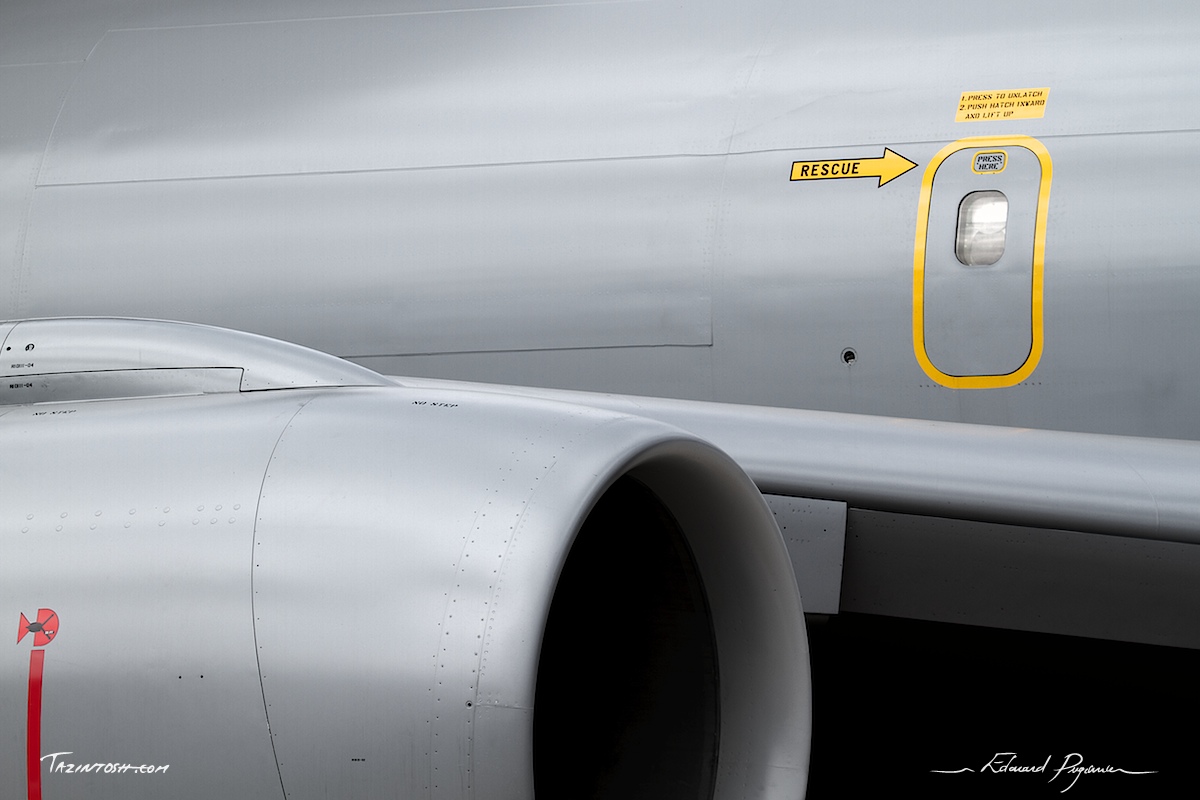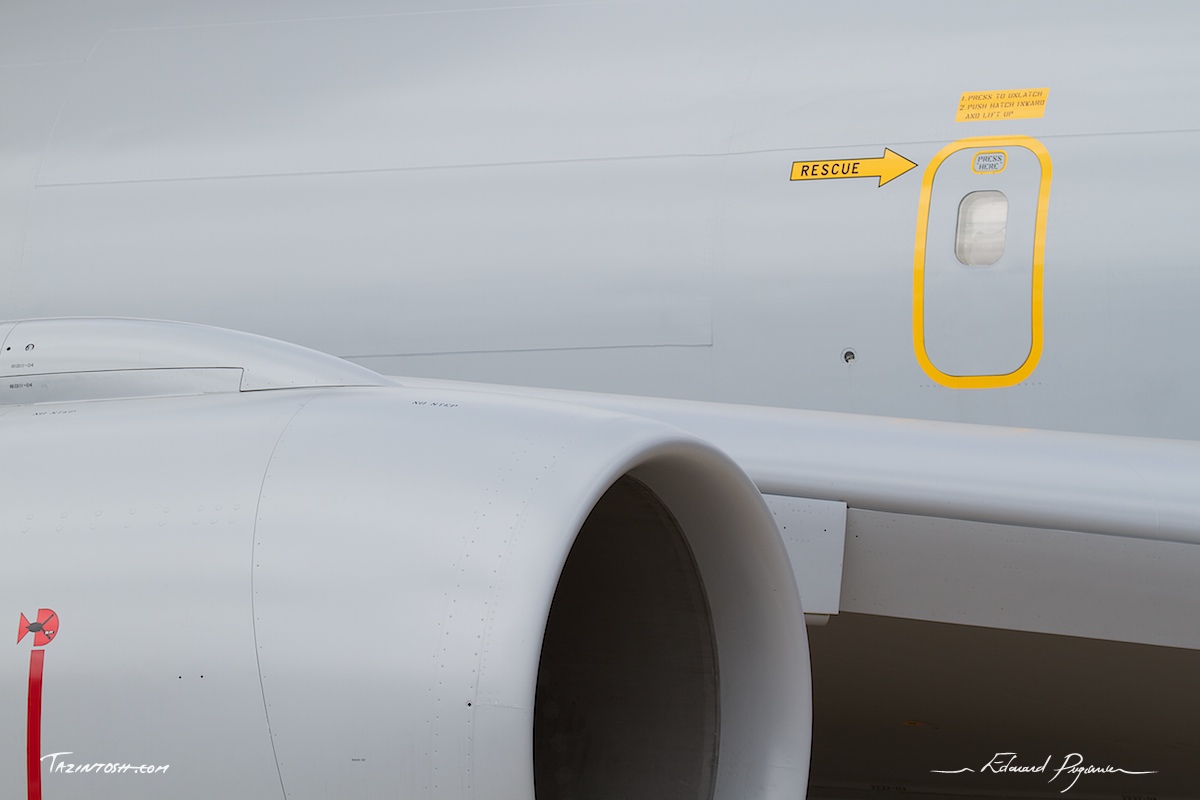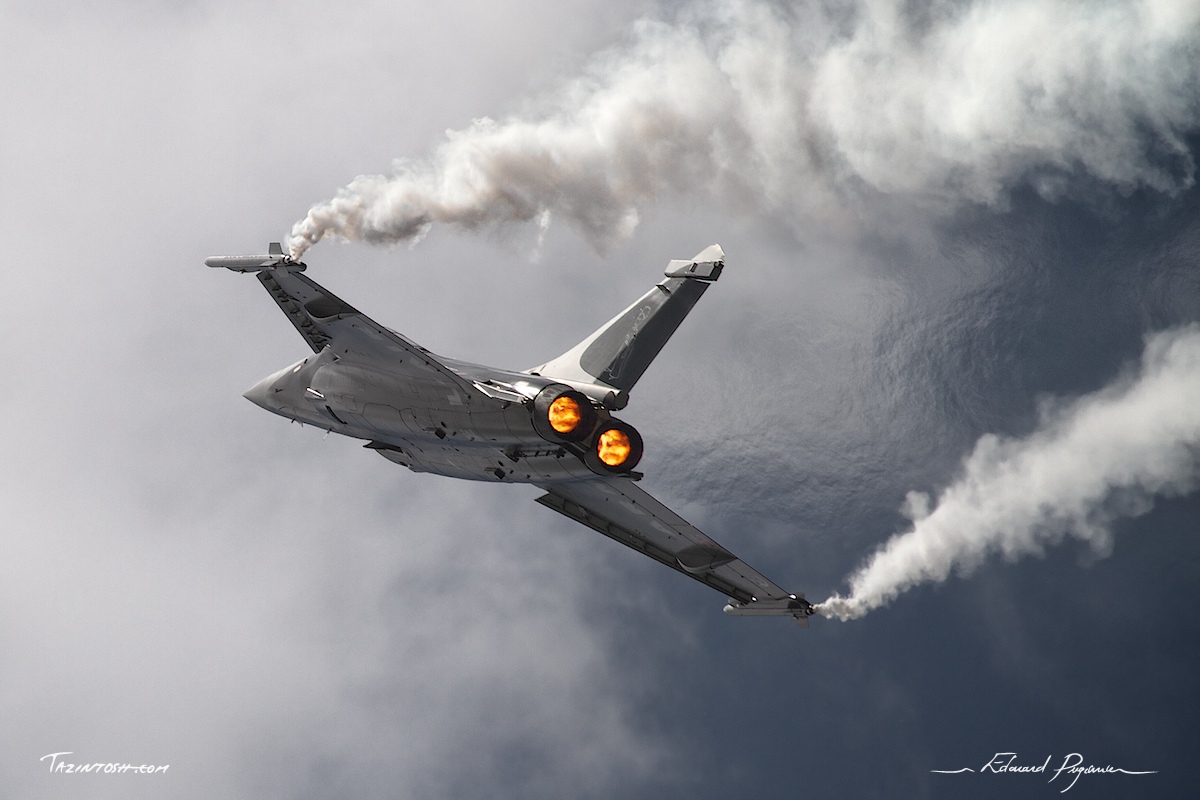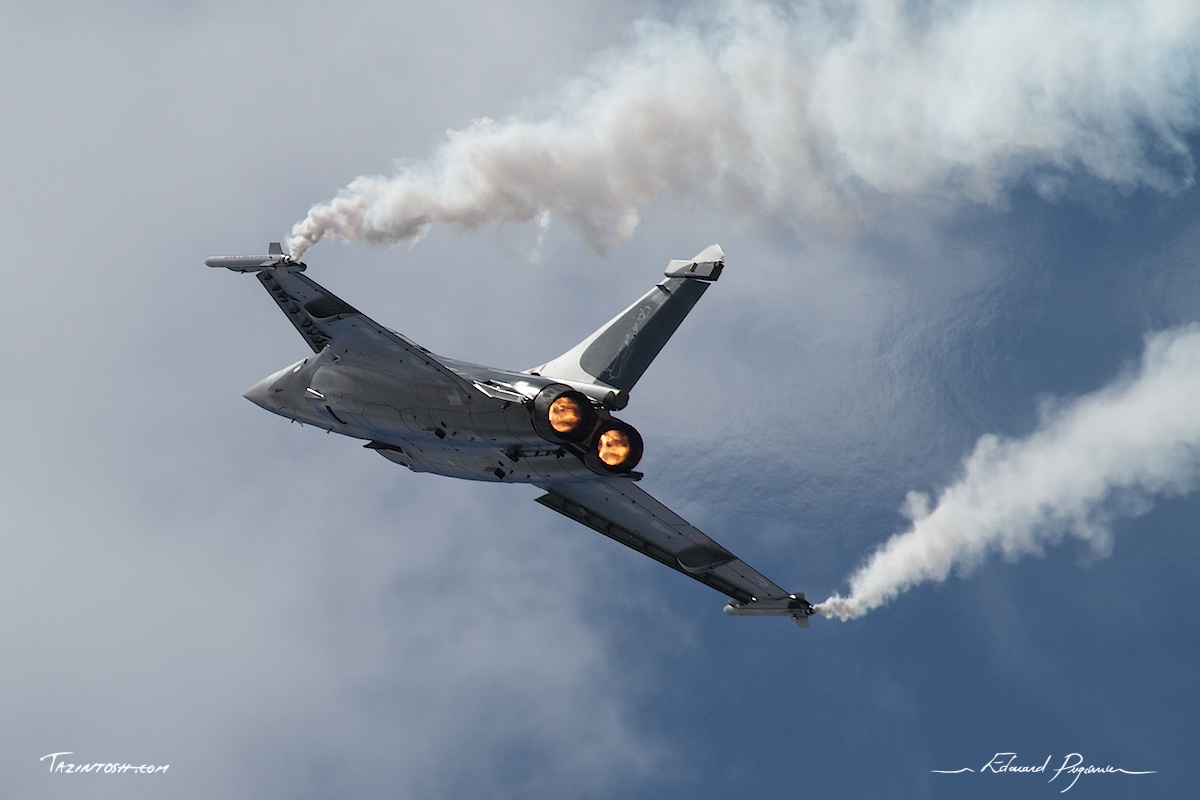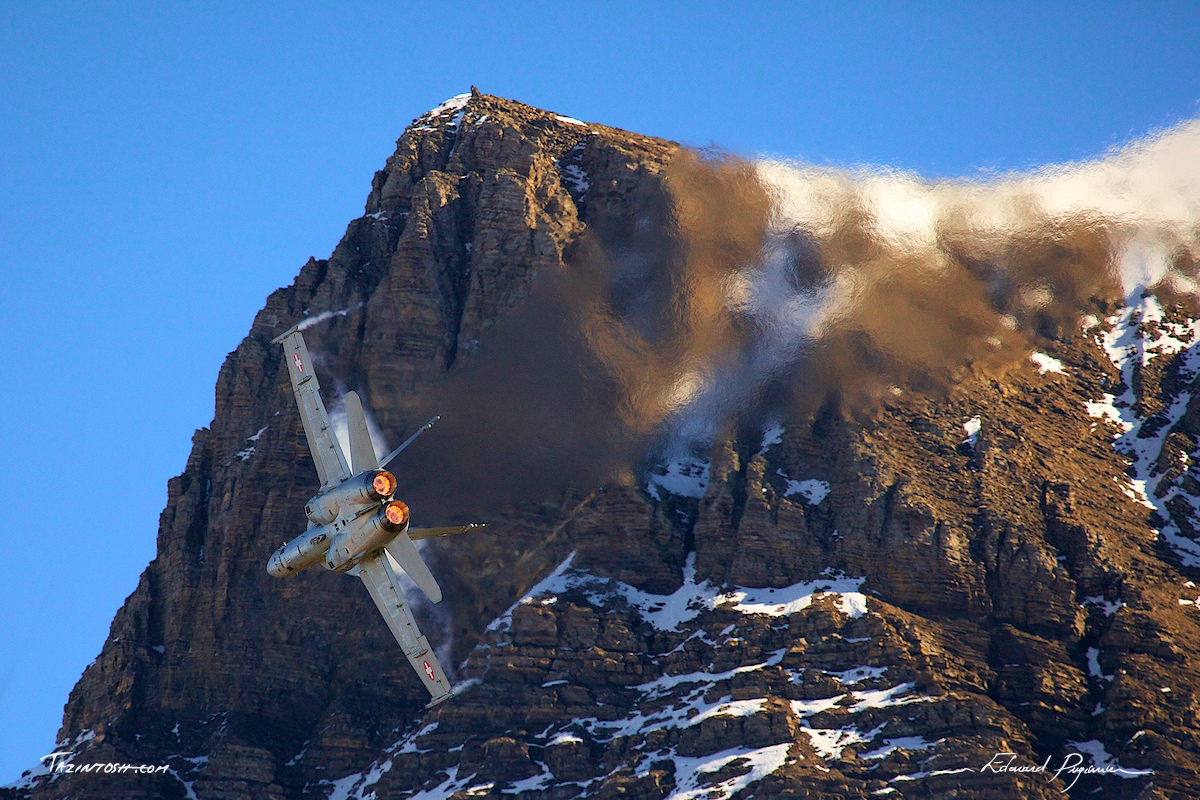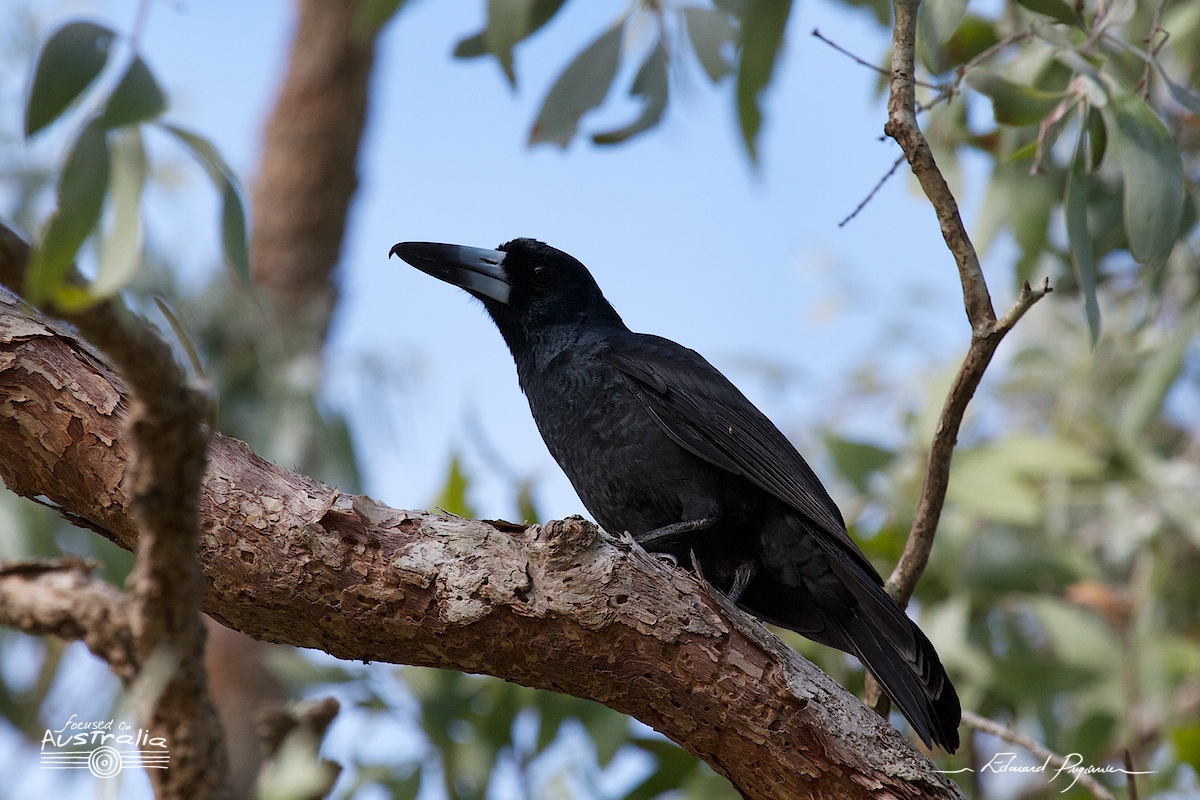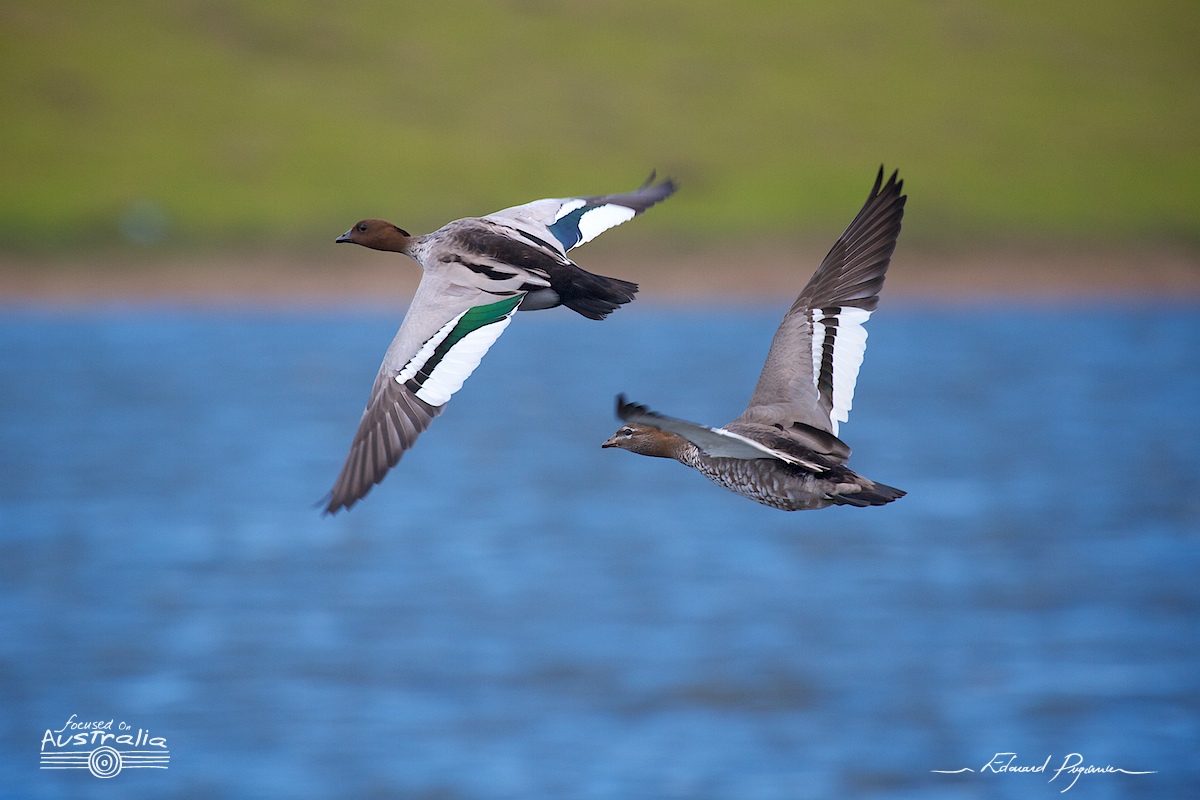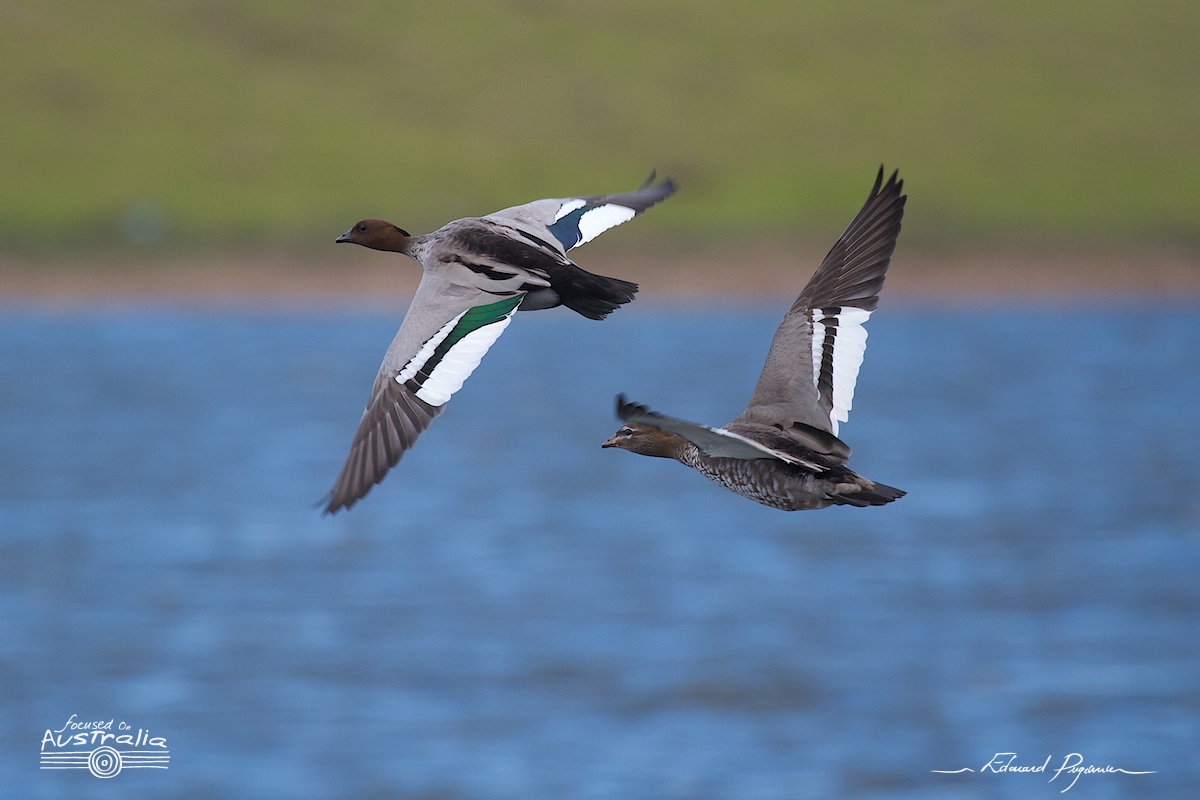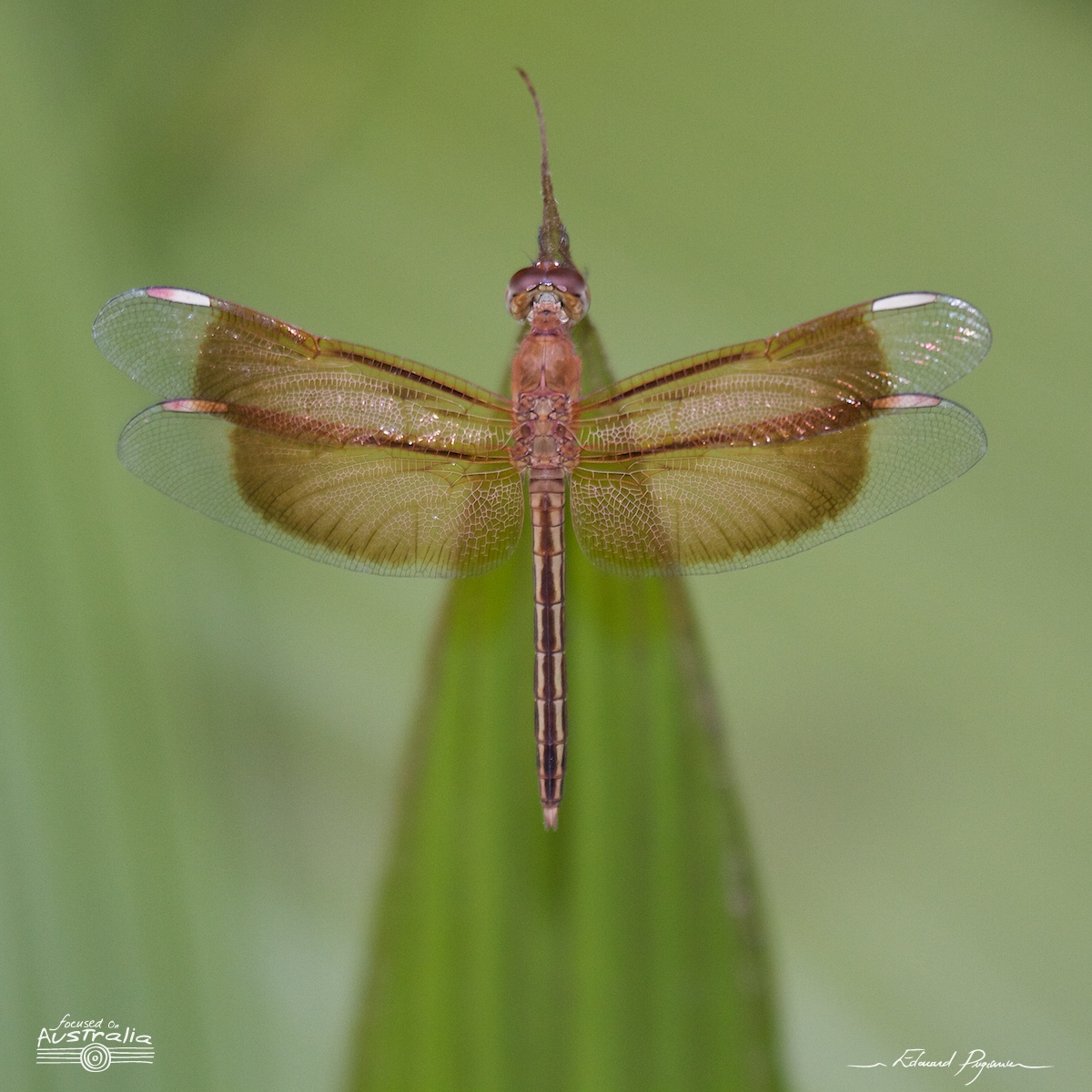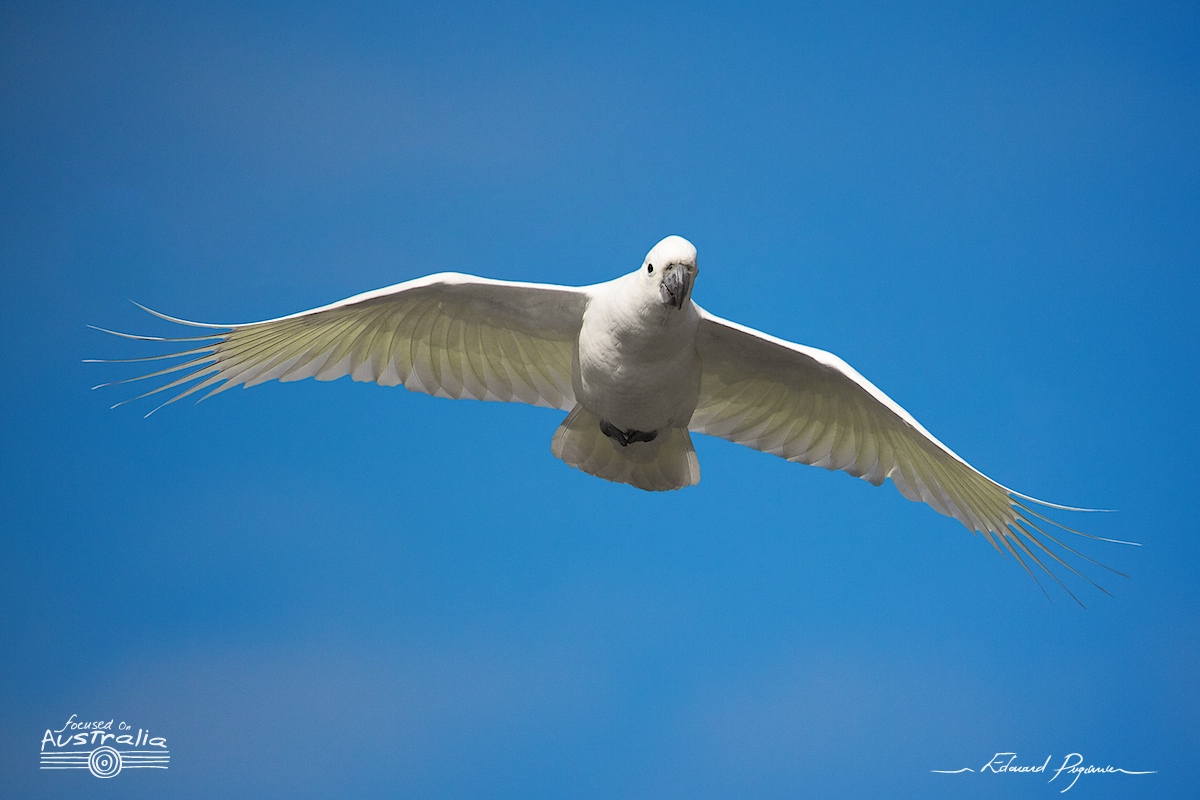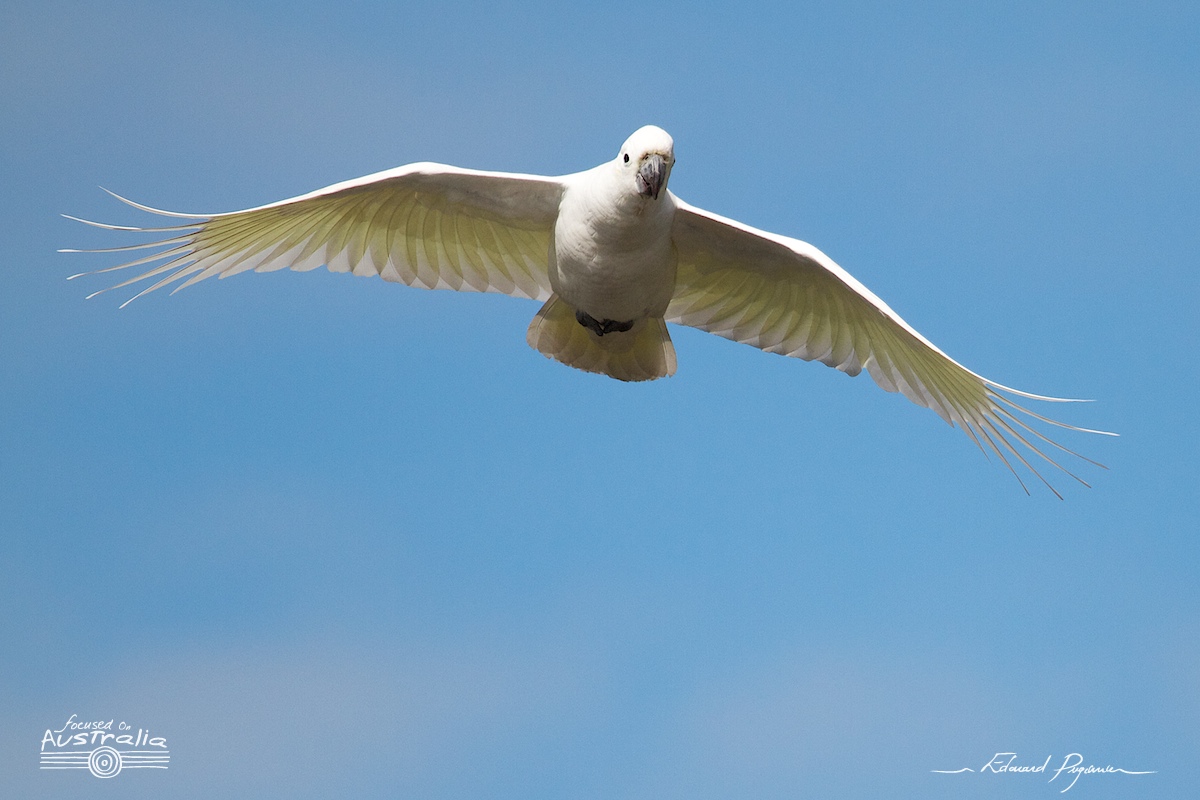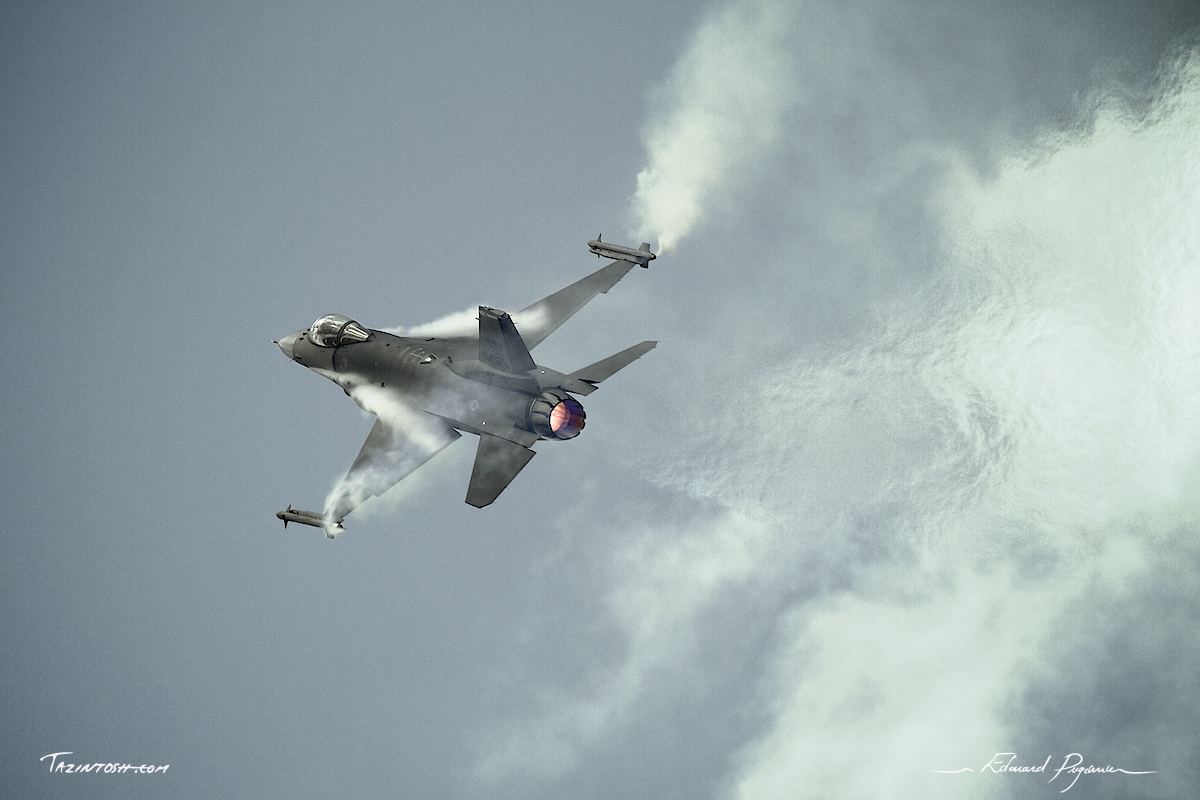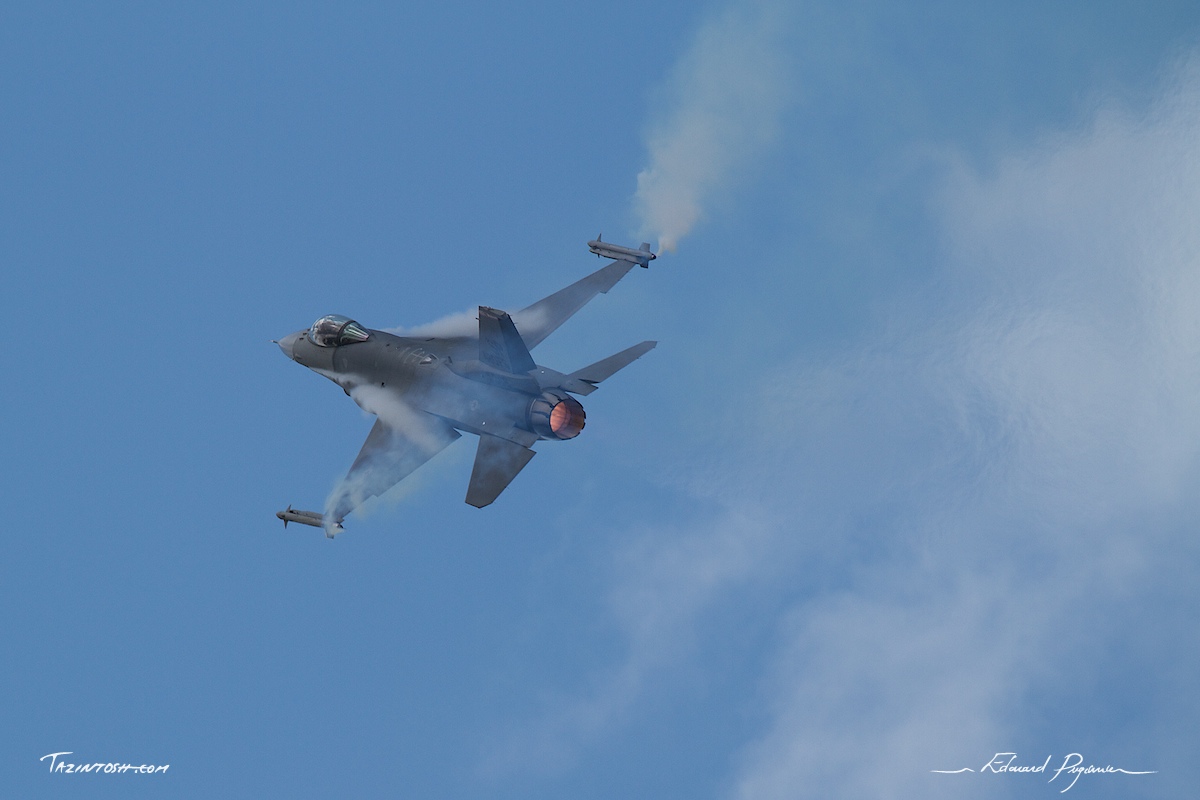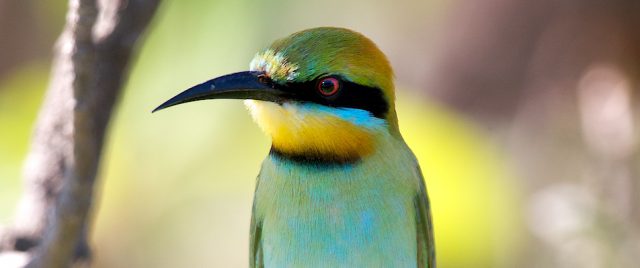
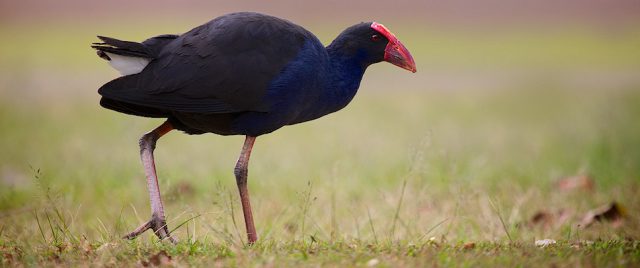
Ci-après, la vidéo du travail complet de reconstruction de l'arrière-plan sur Photoshop, en moins de 20 min. Tout autre travail réalisé (ajustement de couleurs, etc.) l'aura été sous Aperture. Notez que Photoshop m'est totalement inutile pour 99,9% des photos présentées sur le site ; attention de ne pas se laisser aveugler par son nom… La vidéo n'est pas commentée. Pour toute question, j'aurais plaisir à vous répondre dans les commentaires de ce post.
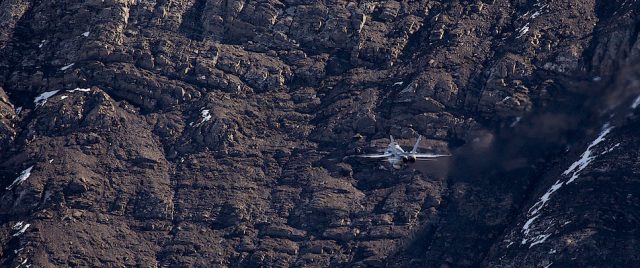
During an airshow, we often think it's best to have the longest focal length possible. The mind thinks “airplane”, and if possible, framed as large as possible on the picture. Often, it is not worse. Indeed, in presence of the ugliest weather for an enthusiast, namely blue sky and sunshine, you'd better frame tight, at […]
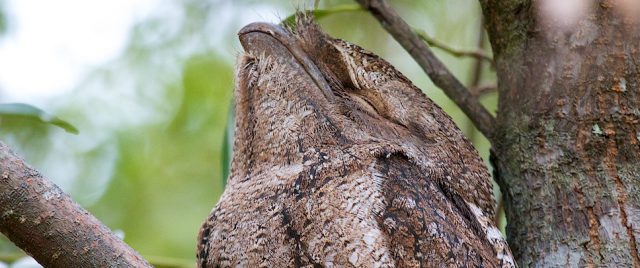
“Thank you sooooo much, really!” That's what I told to the guard who saw me walking around in the morning, camera and 100-400L in hand; he asked me if I'd seen the frogmouth and made me discover it. Having replied “Frogmouth??? What's that?”, he accompanied me to a clump of thin trees, a few meters […]
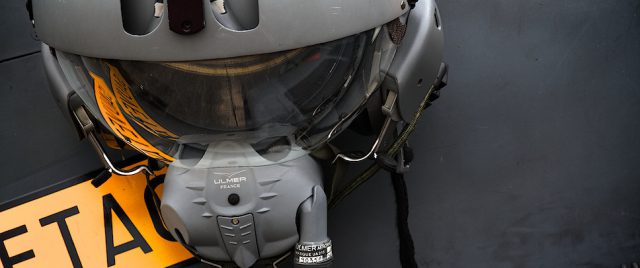
General post-adjustments to reduce exposure (voluntary exposure on the right — over-exposure — to capture shadow detail) and a few other settings to achieve a contrasting atmosphere (not too much), with a more technological / military feeling.
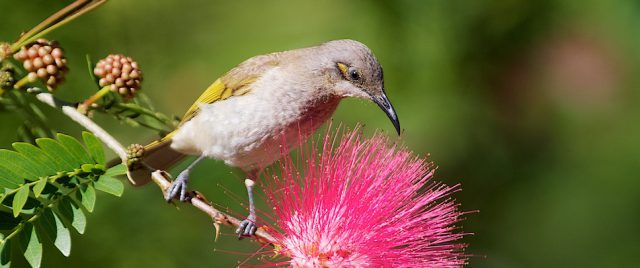
The Brown Honeyeater (Lichmera indistincta) is a honeyeater, a group of birds found mainly in Australia and New Guinea which have highly developed brush-tipped tongues adapted for nectar feeding. It is a medium-small brownish bird, with yellow-olive panels in the tail and wing and a yellow tuft behind the eye.
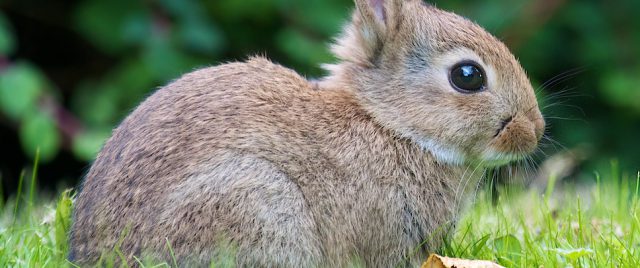
Well, after several days of work on my new function Rewind|Forward, I post these two small simple pictures that I was able to post-process very fast. I spent too much time on the back-end of the blog lately, so I wanted to be quick, I hope you will forgive me;-)
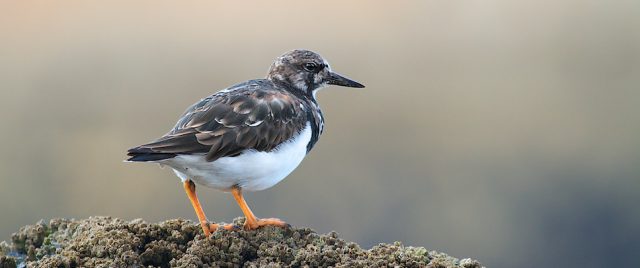
The Ruddy Turnstone (Arenaria interpres) is a small wading bird, one of two species of turnstone in the genus Arenaria. It is now classified in the sandpiper family Scolopacidae but was formerly sometimes placed in the plover family Charadriidae.

, I continue with this bats skewer. Speaking about shooting and processing, I use, once again, my “to the right” exposure technique, to gain information in dark areas such as wings, then readjust the exposure in post-production. I also remove a piece of branch in the upper right corner. Below, a very poor video (I […]

